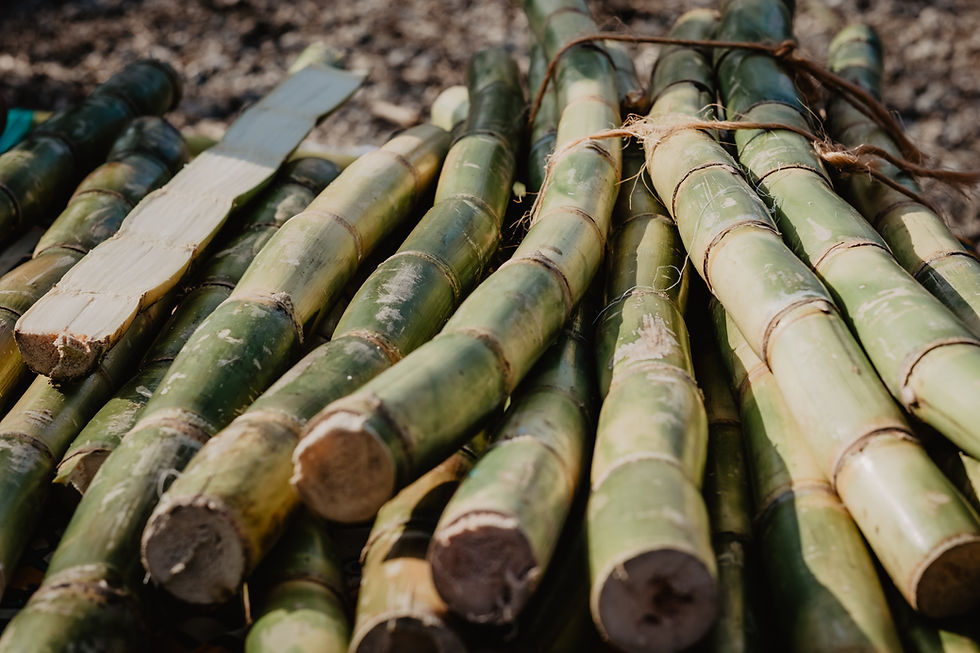Unveiling Insights: Analyzing the Challenging 2022-2023 Harvest Season
- Young Kim
- Jul 11, 2023
- 2 min read
Updated: Jan 6
The 2022-2023 harvest season in the Philippines was marked by decreased productivity for our customers. Notably, San Jose's Mendal Mill faced unexpectedly low yields compared to previous years. Concerned about this outcome, their field manager, John Unchuan, approached us for a post-harvest analysis. In this blog post, we will delve into our findings and shed light on the factors contributing to this challenging season.

Before diving into John's ground observations, we initiated our analysis by thoroughly examining historic weather patterns, satellite information, and moisture data spanning the entire harvest season. Our goal was to compare our conclusions and insights with John's first-hand experiences in the fields.
Remarkably, despite never setting foot on our customer's fields, we were able to arrive at the same conclusions as John by solely reviewing the data. Our post-harvest analysis validated John's observations, solidifying the credibility of our findings.
According to John, our post-harvest season analysis perfectly resonated with his own observations. He stated, "In crop year 2022 and 2023 the Philippines experienced unusually more rain than in previous years since 2018. This caused lower yields in sugar the country's sugar production. Digital Harvest provided us with a third party assessment of the rainfall and the production that followed."
Through our investigation, a clear pattern emerged. The most recent season exhibited a delayed initial growth due to excessively wet fields when compared to previous years. Consequently, this led to stunted growth and a shorter maturation period. Additionally, we observed a reduced peak vegetation index, indicative of lower plant vigor (Fig 1). Analyzing previous seasons, all 2022 cut numbers exhibited lower average yields compared to earlier years (Fig. 2).


Further investigation into seasonal weather patterns unveiled a significant increase in rainfall during the dry season (March to June) of 2021 and 2022 compared to the previous three years. This shift in weather conditions likely played a role in the decreased productivity observed. (Fig. 3).

In conclusion, our thorough analysis of the 2022-2023 harvest season confirmed John's observations and shed light on the negative impact of a wetter season start. This led to delayed growth, stunted development, and reduced plant vigor. By harnessing data-driven insights, we can support sugarcane mills and farmers in overcoming challenges and optimizing their future harvests.
Discover more about us by exploring our website.




Comments